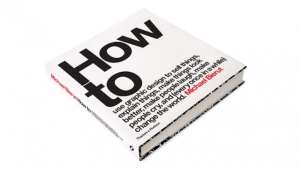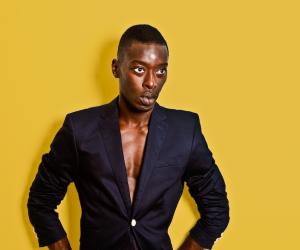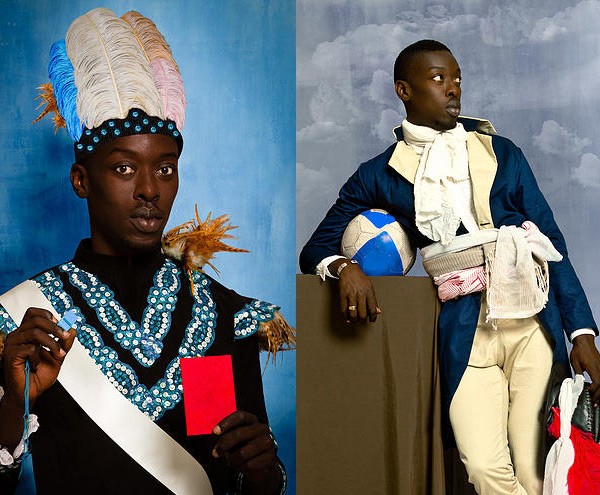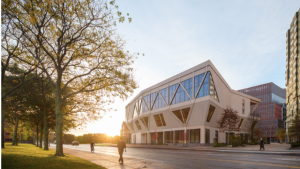From the Series
When Senegalese photographer Omar Victor Diop quit the world of corporate communications, the art and fashion world gained a sensual and prolific image-maker with one eye on history and the other on contemporary popular culture. Diop will speak about his lavishly styled body of work as a presenter at Design Indaba Conference 2015.
Diop has photographed the collections of Selly Raby Kane (also speaking at Design Indaba Conference 2015), Elie Kuame and a host of other African fashion designers. His much-celebrated project "The Studio of Vanities" portrayed his fellow artists, designers and creative cohorts in Dakar and further afield – "a generation which endeavours to showcase the African urban universe and its blossoming art production and exchanges". Each subject is pictured in the studio against a highly patterned background in a style reminiscent of the great Malian photographer Seydou Keita, injected with a raw dynamism.
His "[re-]Mixing Hollywood (Onomollywood)" series with French-born American photographer Antoine Tempé comprises 20 photographs inspired by iconic moments of great American and French movies, with a cast featuring a representative sample of the cultural scene in Dakar and Abidjan, where these images were shot.
His "Project Diaspora" is a more personal search for identity and self-discovery in which he appears as the subject. Each photo is a recreation of a famous historic artwork depicting a figure from the African diaspora, many of them slaves or former slaves, seen through the eyes of a European artist. Diop slips a modern-day narrative into these restagings with references to the game of soccer, a world in which many African players have achieved recognition while still facing racism. He produced this body of work while on a residency in M à laga, Spain, where he had his own experience of cultural alienation. The soccer references, says cultural curator Raquel Wilson, "show the duality of living a life of glory and recognition, while facing the challenges of being 'other'."
Here are eight of the photographs in this series:













